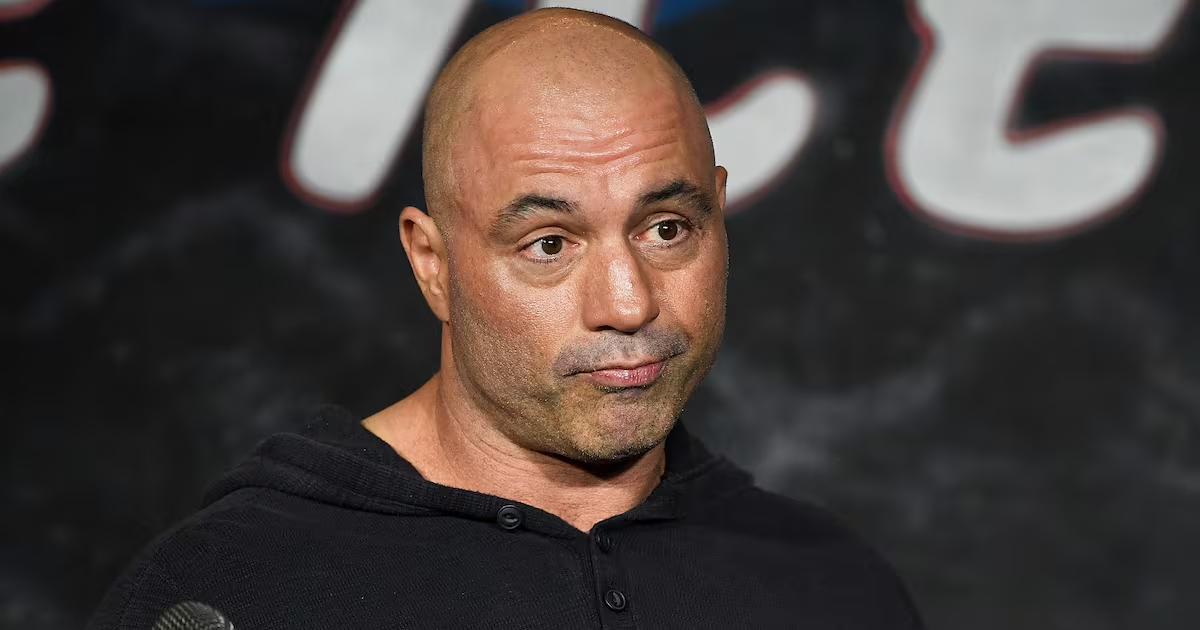Five days. Martin Luther King, Jr. hadn’t rested in peace for even a week when William F. Buckley Jr. exhumed him for an autopsy and a psychiatric evaluation.
On April 9, 1968, Buckley, then perhaps the most influential intellectual on the American right, declared that only madness could have led someone to murder King, who, by the way, probably brought that fate on himself.
Having assured readers of his National Review that it “would take a lunatic (his murderer… is sure to be one) to reason that Dr. King’s faults justified assassination,” Buckley then proclaimed that “the cretin who leveled his rifle at the head of Martin Luther King, may have absorbed the talk… about the supremacy of the individual conscience, such talk as Martin Luther King… had so widely, and so indiscriminately, indulged in.” He concluded that the then unknown assassin was a “wildman” driven to his crazed act by the “transgressions” of his obviously flawed victim.
That amateurish diagnosis conveniently ignored Buckley’s consistent embrace of violence in defense of white supremacy. By characterizing James Earl Ray as a “lunatic,” Buckley, a devout Roman Catholic, absolved himself of guilt. He omitted his own earlier commandment that “the White community in the South is entitled to take such measures as are necessary to prevail” and that sometimes it “cannot prevail except by violence” to instead manipulate the rhetoric of mental illness that still clouds our understanding of American reactionaries and their violence.
By the time Buckley speculated on the mind of King’s assassin, social scientists had spent decades trying to diagnose racism. Adolf Hitler and Nazi Germany were their principal subjects, the Holocaust their main motivation. As historian Sander L. Gilman and sociologist James M. Thomas demonstrate in Are Racists Crazy? How Prejudice, Racism, and Antisemitism Became Markers of Insanity, the Nazi genocide of European Jews encouraged research meant to stop the rise of other fascist regimes, avoid further atrocities committed in the name of racial supremacy, and facilitate the rehabilitation of post-World War II Germany. It made it fashionable to pathologize the right. From the 1930s into the 1950s, researchers speculated about the perverse workings of the deviant “authoritarian personality” and questioned whether education could “cure” racism and fascism. They diagnosed the horrors of Auschwitz and Bergen-Belsen as the terrible symptom of a “paranoid contagion” or “mass psychosis.”
Buckley confirmed the unintended consequences of liberals’ well-intentioned social science. During the Jim Crow era, the association of racism and racial violence with mental illness became ammunition for the right-wing defenders of the American-system of racial apartheid that had inspired the Nazis. It helped the National Review and the White Citizens Councils present themselves as respectable and lucid intellectuals and professionals, as fundamentally different from James Earl Ray, the Ku Klux Klan, and the other foot-soldiers of white supremacy.
They were not, of course. The ordinary white men, women, and even children who wielded the swords endorsed by Buckley’s pen were neither abnormal nor insane. Instead, their actions were the truest expression of at least one sort of conservatism. They were certainly consistent with Buckley’s demands for the “leaders of American civilization” to dominate by whatever means necessary.
For James Baldwin, it was obvious that it wasn’t mental illness but the memories, experience, and aspiration of racial domination that produced this violence. He said as much to Buckley. Three years before the assassination of King, during a debate held before a nearly all-white crowd at the Cambridge Union Society, Baldwin used Jim Clark as an example of how the experience of [white] power corrupted. The notorious sheriff of Selma, Alabama could not be “dismissed as a total monster,” Baldwin began. He told the audience that they had to understand that “[Clark] doesn’t know what drives him to use the club, to menace with the gun and to use the cattle prod.” He was a reactionary in the most literal sense, a man whose instinctive violence in defense of hierarchy proved that the “plague called color” had destroyed “the moral life of Alabama sheriffs” and warped the “American sense of reality.”
Baldwin won the debate but it’s Buckley’s ideas that have prevailed. In the five decades since King’s assassination, the association of racism and right-wing violence with mental illness has become more and more common. To be sure, it was the standard trope used to characterize Dylann Roof. After the self-proclaimed white supremacist sat quietly through an entire prayer service before murdering nine parishioners of the Mother Emanuel AME Church in Charleston, South Carolina, a FBI special agent went on CNN to declare that Roof “has some mental issues.” Others followed suit. To the mayor of Charleston, the city where thousands of enslaved people first set foot in North America, the mass murder was simply an act of “one hateful person.” To Lindsey Graham, the senator from the first state to declare that the protection of slavery demanded secession from the United States, Roof was just “one of these whacked-out kids.”
Of course, Roof refused to plead insanity. Having immersed himself in his genealogy and discovered that he was “blessed with a significant amount of German blood,” having studied the histories presented on right-wing websites and found himself wishing “with a passion that niggers were treated terribly throughout history by Whites, that every White person had an ancestor who owned slaves,” Roof believed himself to be sane. He had simply reacted to the threat of people “taking over our country.” He had only acted according to the same views endorsed on Breitbart and Fox News.
That Baldwin was right and Buckley was wrong is a terrible thing to confront. If Roof is sane and rational then so are the millions of other reactionaries who imbibe the same news. Violence or its threat then become essential means of preserving racial hierarchy rather than aberrant elements of an otherwise rational social order. The alt-right begins to look more like the center.
And yet these are hard truths that must be faced on the fiftieth anniversary of King’s assassination. While the prophet of non-violence in defense of universal equality argued that racism was a product of white Americans’ “irrational fears” of losing individual and collective political, economic, and social power, he also rejected “the idea that the dominant ideology in our country even today is freedom and equality while racism is just an occasional departure from the norm on the part of a few bigoted extremists.” He anticipated the diagnosis of his assassin, of Roof, of Donald Trump and the “Unite the Right” fascists and rejected it; instead he called on America to face the “‘congenital deformity’ of racism that has crippled the nation from its inception.”





